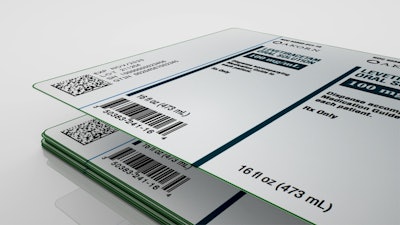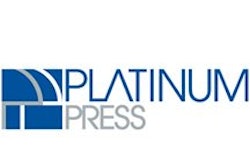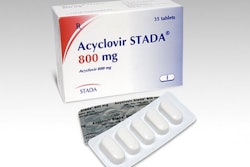Most every packaging challenge in the pharmaceutical industry comes down to a problem seeking a solution. Customers of Platinum Press, for example, faced a perplexing issue in which a laminate layer on booklet-style labels led to serialized codes occasionally rubbing off the label.
“It’s always been our goal as a company to be at the forefront of not only technologies, but also helping our clients with their issues,” explains Andrew Vale, VP of Sales at Platinum Press, a company dedicated to producing printed packaging components to the pharmaceutical, medical device, and animal care sectors. “It’s really how we add value. As a result, we work with other companies in the industry to create partnerships to address issues with serialization.”
To resolve the matter of ink rubbing off customers’ serialized labels, Platinum Press reached out to industry suppliers to discuss marking technologies. The search brought them to Domino Printing. Platinum Press uses Domino’s D320i laser printer, which employs DataLase®, a clear, ink-like pigment incorporated into coating during the printing process. The proprietary technology comes from DataLase, a SATO company.
For this application, Domino notes that it partnered with traceability supplier Optel and Akorn Pharmaceuticals, whose labels appear in the accompanying rendered images—shown with both clean, readable codes and rubbed off versions.
DataLase technology works on products or packaging to print date and lot codes, 2D datamatrix codes, barcodes, images, and graphics for different industries and markets. For this application, the laser light generates a color change in the pigment to create a digital print of the required information. The printed details are variable, enabling it to be changed for every product or pack and meet serialization requirements.
In a video describing the process, Vale explains, “We created 48 different permeations and we sent those to Domino’s lab. They came back to us with a very scientific breakdown of exactly which permeations worked best.”
As a result of the Platinum Press partnership, “Domino created mark files [that] carried all the information they learned from the lab,” Vale says. Lasers, settings and labels were all adapted to meet customer lines so that they could ultimately press a button and start serializing different label constructions without having to do any setup. “It was a huge benefit to all of our clients, certainly with regards to downtime,” he notes.























